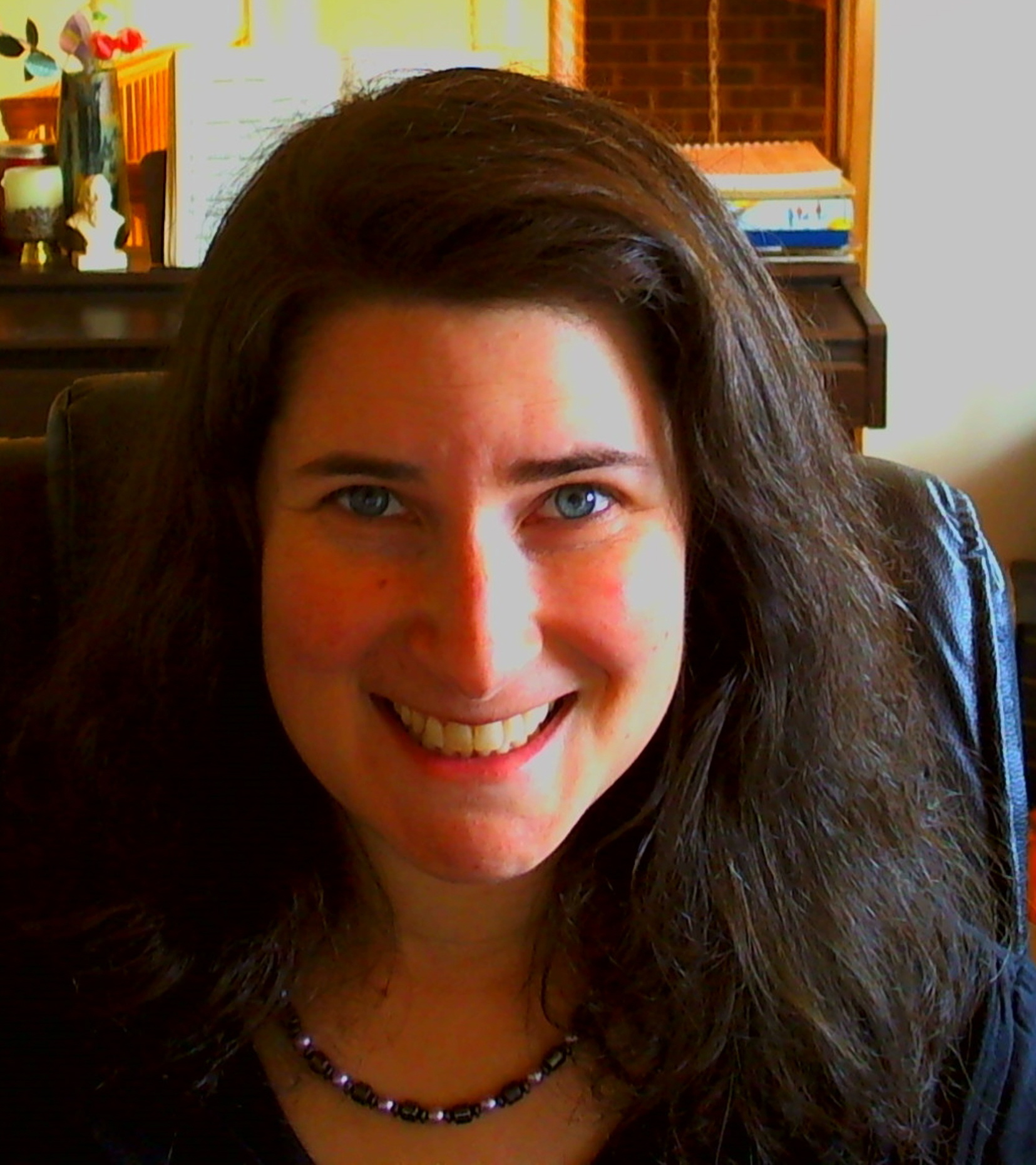Hello and welcome to our first Welcome Wednesday. I am welcoming guest bloggers to bring other perspectives about audience development to you. I came across this post via a twitter conversation. Have you ever wondered how to reach out to a younger audience? Of course you have, right? Please welcome Melissa Hillman, Artistic Director of Impact Theatre in Berkeley, CA. She has given me permission to repost her published entry for Theatre Bay Area’s Chatterbox. Enjoy!
__________________________________________________________________________
Put Down That Remote: Getting Young People Through the Door
by / Melissa Hillman
Originally Published 2011-04-01 for Theatre Bay Area’s Chatterbox
“How do you get so many young people into your theatre? How can we do that?”
I’ve been asked these questions over and over and over. And over. The real answer is: I’m not sure. All I can tell you is what we’ve done, how we’ve done it and what I think you can do to better your chances of attracting the 18-35 audience. Will it work for you? I don’t know. Did it work for us? Yes, indeed.
Bear in mind that you need to do all of these things, all at the same time. This isn’t a pick-and-choose situation.
1. Do the kinds of plays young people want to see.
I am astounded by the fact that some larger theatres seem to believe young people should *always* be willing to translate, and blame self-centeredness, lack of interest in culture, lack of education and general boorishness when the 18-40 crowd don’t turn out in droves for a production of Dinner with Friends or Love Letters. Yet these very same theatres won’t slot a new play by an emerging playwright for fear of their subscribers’ reactions. They expect young people to translate, and heap condemnation upon them when they don’t, but they see older audience members’ potential lack of interest as their due. (P.S. Believe me when I tell you that 65 is the new 35. Many older Bay Area theatergoers are more adventurous than you think. TRUST. Moving on.)
While it’s always a good thing to have an active interest in the stories of people not in your age group (or ethnic group, or regional group, or religious group, etc), everyone longs to see their own stories, hopes, dreams, fears, realities and fantasies reflected in honest ways. Young people are no different. The key phrase here is “in honest ways.” A play by an older playwright with roles for young actors may or may not speak honestly to your desired potential younger audience members. Some older writers write very well for younger characters. Many do not. Large numbers of young people are not going to spring for tickets to a show that portrays them as mindless, boorish assholes. Find plays that speak honestly about the lives of young people in some way.
But how do I do that, Melissa?
I’m so glad you asked.
There are over 400 theatre companies in the nine-county Bay Area. We do more world premiere plays than almost any other region in the country—last I checked we ranked third. Yet it’s very common that staff from theatres who purport to want young audiences don’t come to world premiere productions at small theatre companies. How many emerging playwrights have you read this year? If the number is under 10, you’re slacking. Impact Theatre, my company, has produced a world premiere by, and/or entirely introduced to the Bay Area, these playwrights: Sheila Callaghan, Steve Yockey, Prince Gomolvilas, Enrique Urueta, Roberto Aguirre-Sacasa, Liz Meriwether, Lauren Yee, Peter Sinn Nachtrieb, Joshua Conkel, Trevor Allen, Jon Tracy. This is a partial list—I stuck to people you’ve probably heard of. Most importantly, we’re a tiny dog on a very, very big block. There are a wagonload of companies doing precisely what we do. Find them. See their shows. Spy on the playwrights they use. Companies like mine are your R&D department.
Find directors who can make classic plays relevant and interesting—because they are. There are directors all over the country who draw loads of younger audience members into theatres to see Shakespeare, and a bunch of them are directing at these aforementioned smaller theatres.
2. Be realistic about your pricing.
It’s always annoying to hear people say, “But they’ll spend $60 on a concert ticket! Why won’t they spend $60 on theatre?” It’s like wondering why someone would drive all the way across country to be with her beloved but not drive just as long in the hope that she will meet a hot stranger in a bar. People drop bucks on concert tickets because they already know and love the artist and have every expectation of seeing a great show and having a great experience. Condemning those people for refusing to drop a similar amount of money on a show they may know little about that will, let’s be honest, likely bore them because it’s aimed entirely at someone else, is a bit much, yes? If you’re going to condemn the under-40 crowd for not dropping $60 on your play about middle-class, middle-aged white people and their midlife crises, you should also condemn Grandma because she’s not stocking her DVD collection with $60 of Robot Chicken.
So keep your ticket prices accessible. Some companies do an under-30 rate, which, quite frankly, I’m not wild about. That 30-40 crowd is young enough to need enticing into your theatre but old enough to be on the brink of having enough money to become donors and subscribers. You want them. They’re routinely ignored and that’s not going to pay off in the long run for your audience building. Make an under-40 rate if you must. Make some performances pay-what-you-will. Make your less attractive seating areas $20 for the first few weekends. Whatever you need to do, do it.
3. Market to young people.
If you’re not active on Facebook and Twitter, you need to be right now. Learn how to use these powerful tools properly. This isn’t a social media marketing post, so I’ll assume you can figure out where to get this info and move on. The blog on your website is going nowhere unless you’re pushing it with Facebook and Twitter, by the way.
Find ways to make your outreach to young people honest and, most importantly, unpretentious. One of the main things keeping young people out of the theatre is that they’re afraid they won’t fit in—they’ll feel awkward and out of place. As my friend’s dad was fond of saying, they’re afraid they’ll “stand out like a sheep turd in a bowl of cream.” You want to make them as comfortable as possible. A big step towards that is to use your marketing to make them feel welcome. Not pretend welcome, as in, “We want to sell you tickets,” but truly welcome, like “Come over and play with us! We just got a new toy!”
Theatre is not medicine. We don’t go because it’s good for us. We go because we think it’ll be awesome. Make sure you’re approaching your marketing properly. “It’ll be awesome” + “You’re totally welcome and will be comfortable” + “We’re not stuffy and pretentious” will go a long way. Make sure you’re delivering those goods onsite as well. Nothing drives someone away from your company forever as efficiently as an undelivered promise.
And that’s pretty much it. This is what I believe has worked for us over the past 15 years. I hope it’s successful for you as well. We all need to work together to build audiences for our future as an artistic community. There’s not a single one of us that exists on an island. We’re all in this together. [:O)]
Melissa Hillman is the Artistic Director of Impact Theatre in Berkeley, CA. She holds a PhD in Dramatic Art from UC Berkeley, where she was twice awarded the Mark Goodman Prize for Distinguished Theatrical Talent. In addition to Impact, Melissa has worked with Magic Theatre, A.C.T.’s MFA program, and Central Works Theater Ensemble. She’s taught at UC Berkeley, CSU East Bay, and the Berkeley Rep School of Theatre, and currently teaches at the Berkeley Digital Film Institute.
_____________________________________________________________________________________
If you would like to be a guest blogger for our Welcome Wednesday series, please contact us!
Cheers to happy and loyal audiences,
Shoshana
Shoshana Fanizza
Audience Development Specialists
https://www.buildmyaudience.com
“Never treat your audience as customers, always as partners.”
~James Stewart
Although we are not a non-profit, if you would like to support ADS to continue our work, you can donate here.
New eBook! The How of Audience Development for the Arts: Learn the Basics, Create Your Plan







As someone who turns 35 this week, I’m delighted to hear there’s still places where I’m considered “young people”. If it’s practical, you can also find (or recruit) some young theatre critics for opening or preview night. Someone talking about your show on their blog or social media channels, gives you a valuable asset that you can link on Facebook and Twitter in place of your status update that the show went great.
Thank you, Clay, for stopping by and sharing another great idea. Getting younger people more involved doing something they already love to do is a positive way to build this audience. By the way, to me, 35 is still young, but I guess I am speaking from a slightly older perspective. ;o)